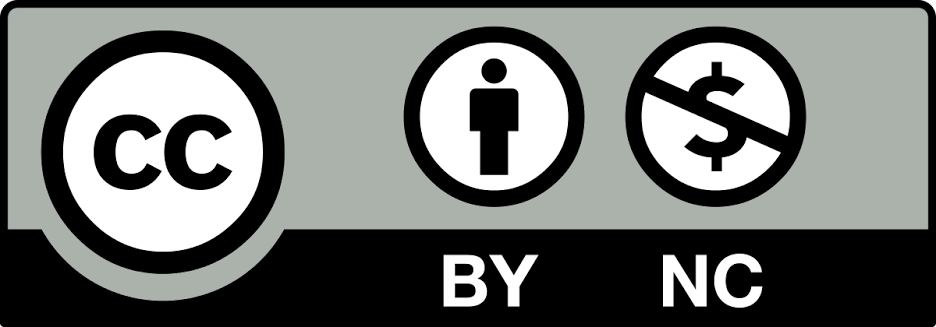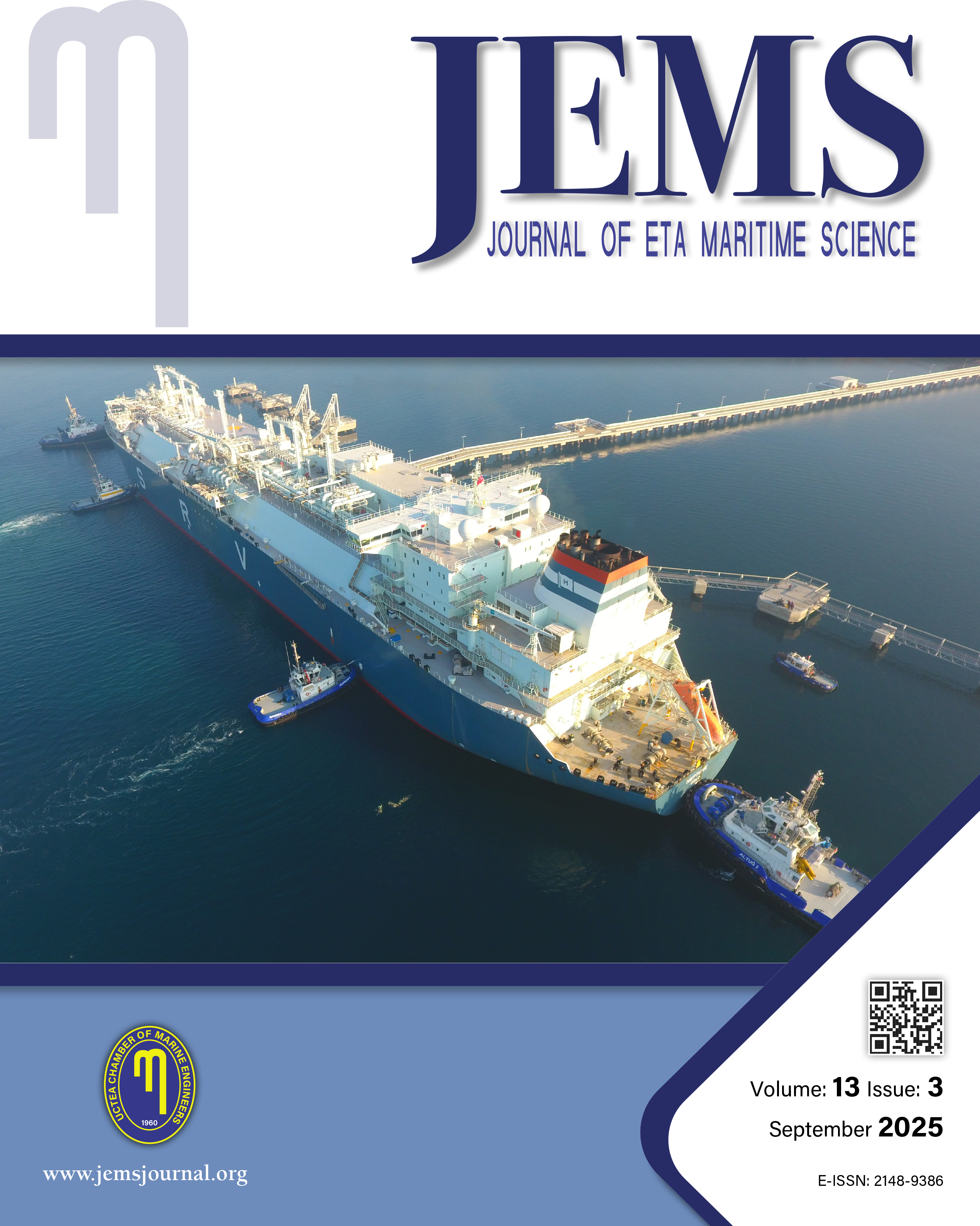

JEMS apply the Creative Commons Attribution NonCommercial 4.0 International Licence to all manuscripts to be published
Simulation-Based Cost Evaluation of Maritime Transportation
Davut Pehlivan1, Kadir Çiçek21İstanbul Technical University, Department of Maritime Transportation Management Engineering, İstanbul, Türkiye2İstanbul Technical University Faculty of Maritime, Department of Marine Engineering, İstanbul, Türkiye
In a globalized world, maritime transportation is a crucial component for both producers and consumers. In this sector, where 10 billion tons of freight are moved each year, both shippers and carriers grapple with financial obligations. The requirement for ship operators to perform precise cost calculations is growing daily to stay competitive and avoid financial difficulties because of high investment and operational costs. However, traditional costing methods, which are already in use, are believed to be unable to provide businesses with the precise information they require. Therefore, in this study, the cost structure of ship management is examined and the activity-based costing (ABC) method is used with the help of simulation. The data obtained from the ABC model created with simulation support were compared with the companies current traditional costing methods. The results show that there is a difference in the calculations between the simulation-based ABC method and the traditional costing method. According to this study, the cost difference is approximately $7,000. Considering that the firms annual total cost remains unchanged, it can be assumed that the costs for loadings other than the one under consideration are higher than expected.
Keywords: Simulation, ABC, Costing, Maritime transportation managementManuscript Language: English
(605 downloaded)










